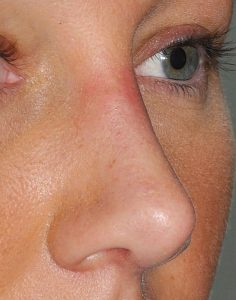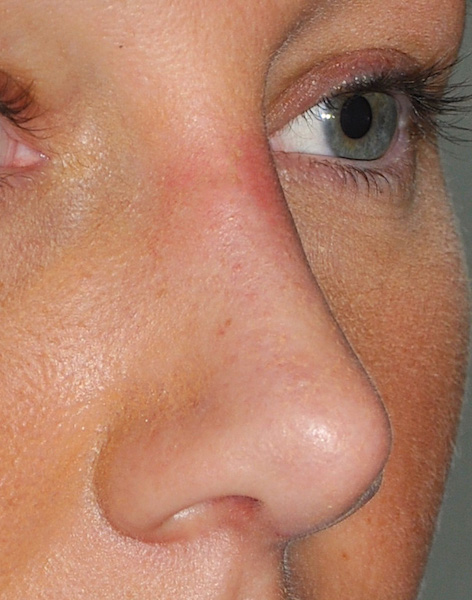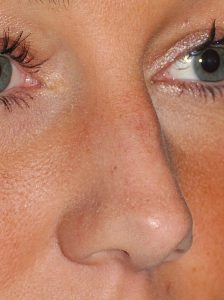Rhinoplasty is a collection of a variety of tissue manipulations to reshape the nose. Almost invariably to undertake these manipulations portions of the nose must be dismantled and then put back together again, either being reduced, augmented or simply reshaped..

In the August 2021 issue of the European Journal of Plastic Surgery an article was published on this topic entitled ‘The Role of Internal Sutures in Stabilization of Nasal Dorsum in Primary Rhinoplasty.’ In this clinical paper the authors looked at over 300 patients who had a dorsal hump reduction of at least 3mms. The dorsal reductions were done by medial and lateral osteotomies and dorsal mucosal closure by resorbable sutures. Outcome assessment was done at one year by picture analysis to determine the presence of dorsal asymmetries/irregularities. Patient satisfaction was also assessed by questionnaires.
The results showed that just over 90% of the patients had symmetrical dorsal lines. Revisional surgery for dorsal irregularities was done in 5% of the treated patients. By patient questionnaires 93% gave scores of 3 and 4, indicating a high satisfaction level with the results.
These results show that reconstruction of the disrupted dorsal anatomy in rhinoplasty surgery is important. necessary for successful results. Realigning the upper lateral cartilages, with or without spreader grafts, is a restorative maneuver that contributes to a reduction of postoperative dorsal irregularities and lowers the potential for revisional surgery to treat them.
Dr. Barry Eppley
Indianapolis, Indiana




